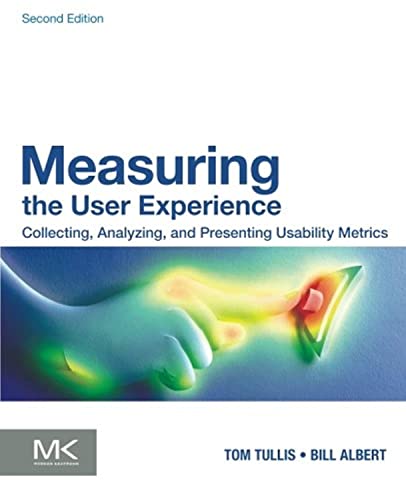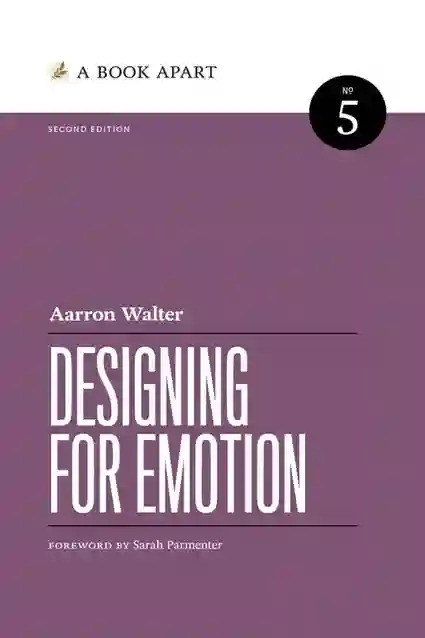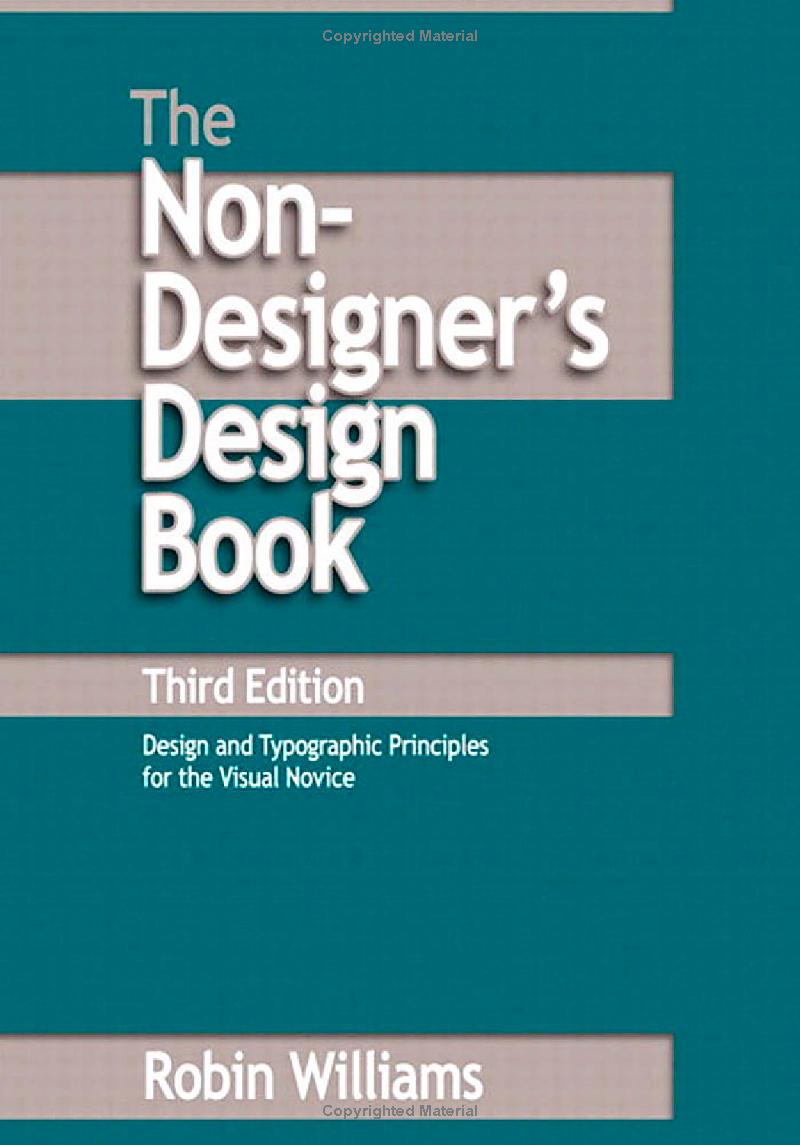Affiliate Disclosure:
Just a heads-up, this blog post contains affiliate links to the UX design books mentioned. This means if you make a purchase through these links, I may earn a commission, at no extra cost to you. Rest assured, I’ve handpicked these books for their value to beginners in the UX design field. Whether you use the links or not, my goal is to provide valuable and insightful content. Happy reading and learning!
Introduction
In the dynamic world of design, embarking on the journey of mastering User Experience (UX) and User Interface (UI) is akin to setting off on an exhilarating adventure. Whether you’re taking your initial steps as an aspiring designer or a seasoned professional seeking fresh perspectives, this article stands as your compass, revealing a carefully curated selection of the best beginner UX design books and best UI design books for beginners. Through this collection, you’ll embark on a transformative voyage, equipping yourself with the knowledge and inspiration to craft impactful digital experiences that resonate with users.
Design has emerged as an indelible force shaping the modern landscape. In today’s digital age, where innovation is constant, the ability to craft user-centric experiences and visually captivating interfaces is a fundamental skill. Stepping into the realm of UX and UI design means immersing yourself in a convergence of psychology, technology, and art. This comprehensive guide is your guidepost, steering you through an array of the best UI UX design books for beginners that illuminate the path toward design mastery.
Laying Strong Foundations: Introducing UX and UI
Before delving into the world of beginner UX and UI design books, let’s establish a solid groundwork. User Experience (UX) design revolves around crafting seamless, user-oriented interactions, while User Interface (UI) design entails creating visually appealing and intuitive interfaces. These two design facets harmonize functionality and aesthetics, shaping the way users interact with digital products and services.
The fusion of UX and UI forms the bedrock of exceptional design. It’s a symphony of user journeys, intuitive navigation, compelling visuals, and emotional resonance that transforms digital encounters into unforgettable experiences. As you commence your design journey, remember that while UX emphasizes usability and satisfaction, UI encompasses the visual elements that captivate and engage users.
The UX Book: Agile UX Design for a Quality User Experience (by Rex Hartson and Pardha S. Pyla)

Embark on your quest with “The UX Book” by Rex Hartson and Pardha S. Pyla, a cornerstone for comprehending the core tenets of UX design. This comprehensive guide takes you on a comprehensive exploration of user-centered design processes, interaction design, usability testing, and more. By dissecting the intricate components contributing to exceptional user experiences, Hartson and Pyla offer beginners a robust framework to nurture their design skills.
In an era where user satisfaction reigns supreme, “The UX Book” stands as a guiding light, illuminating the path to crafting experiences that deeply resonate. The book commences by delving into essential UX design principles, laying the foundation for the intricate dance between user needs, business objectives, and design finesse. As you progress, you’ll immerse yourself in the iterative design process, gaining insights into the pivotal role of user feedback and its seamless integration into the creative cycle.
Dedicated chapters on information architecture, interaction design, and usability testing provide a panoramic view of the UX landscape, encouraging beginners to navigate the challenges and triumphs inherent in each phase. Real-world examples and practical case studies breathe life into theoretical concepts, bridging the gap between knowledge and practical application. This approach empowers you not only to grasp the theory behind exceptional UX but also to wield it as a potent tool in solving design challenges.
The path of UX isn’t solitary; it’s a collaborative tapestry woven with threads of empathy, iteration, and teamwork. Aspiring designers are encouraged to embrace the user’s perspective, allowing it to guide each design decision. Beyond being a guide, “The UX Book” is a mentor imparting the wisdom of seasoned UX designers, enabling beginners to traverse the intricate web of user-centered design with confidence.
Measuring the User Experience: Collecting, Analyzing, and Presenting Usability Metrics (by Thomas Tullis and William Albert)

In the realm of UX design, data-driven insights hold the key to creating experiences that truly resonate with users. “Measuring the User Experience” by Thomas Tullis and William Albert provides an essential guide to harnessing the power of usability metrics to enhance your design process. As a beginner in the field of UX/UI, this book serves as a compass, navigating you through the intricate landscape of user testing, data analysis, and the art of translating numbers into actionable design improvements.
Tullis and Albert bring their expertise to the forefront, demystifying the world of usability testing and metrics. From planning and conducting effective user studies to deciphering data and deriving meaningful insights, the book equips you with the tools needed to make informed design decisions. By embracing empirical evidence, you’ll be empowered to optimize user experiences based on tangible feedback, a skill that’s indispensable for any budding UX/UI designer.
The book’s practical approach is underpinned by real-world case studies and examples, ensuring that you not only grasp the theoretical underpinnings but also witness their application in actual design scenarios. Whether you’re deciphering the intricacies of task success rates, error rates, or user satisfaction scores, “Measuring the User Experience” provides a comprehensive toolkit for turning raw data into actionable insights.
Moreover, the authors delve into the art of effectively presenting usability metrics to stakeholders, a crucial skill for any designer. Through insightful tips and strategies, you’ll learn how to communicate the impact of design changes, justify your decisions, and advocate for user-centric improvements. This aspect of the book bridges the gap between design and collaboration, enabling you to build a strong foundation for effective teamwork and decision-making.
As you navigate through the pages of “Measuring the User Experience,” you’ll embark on a transformative journey, transcending the realm of design intuition and venturing into the realm of empirical validation. By mastering the nuances of usability metrics, you’ll wield the power to craft experiences that resonate on both a creative and analytical level, setting the stage for user-centered designs that truly stand out.
Adding “Measuring the User Experience” to your arsenal of UX design books not only enriches your understanding of empirical insights but also elevates your ability to create designs that are informed, impactful, and aligned with user needs. As a beginner, this book empowers you to cultivate a data-driven mindset, allowing you to continuously refine your designs and elevate the user experience to new heights.
Designing for Emotion (by Aarron Walter)

Venturing beyond aesthetics, “Designing for Emotion” by Aarron Walter delves into the realm of emotional design, offering a transformative perspective to beginners. Guided by principles such as personality-infused design, storytelling, and empathy-driven interfaces, Walter empowers readers to create designs that resonate on a deeper, emotional level. By harnessing the potential of emotional design, beginners can shape experiences that leave enduring impressions on users.
In the intricate tapestry of design, emotions are the threads that weave lasting connections. “Designing for Emotion” serves as your guide to crafting designs that evoke emotions, forging a profound bond between users and digital products. Walter’s exploration of the emotional dimensions of design delves into the psychological underpinnings of user perceptions and interactions. The book acts as a portal, revealing the mechanisms through which design can elicit specific emotional responses—whether it’s joy, trust, or intrigue.
The book transcends being a mere guide; it’s a voyage into the hearts and minds of users. It emphasizes the significance of understanding users’ emotional needs and demonstrates how design elements can be tailored to enhance engagement and memorability. Walter’s insights serve as a reminder that design encompasses more than just visuals; it’s a vehicle for eliciting emotions that enrich the user experience.
Storytelling, an age-old art, finds a modern canvas within user interfaces. Walter explores the interplay between narratives and design, demonstrating how storytelling can seamlessly intertwine with user interfaces. By infusing designs with narratives, designers create deeper connections, transforming interactions into meaningful journeys. This dimension of design transcends pixels, inviting users to become participants in narratives that unfold with each interaction.
The Non-Designer’s Design Book (by Robin Williams)

At the heart of effective design lies the art of visual communication, a realm elegantly explored in “The Non-Designer’s Design Book” by Robin Williams. This accessible introduction goes beyond technical jargon, empowering design novices to create visually compelling designs that captivate attention and convey messages with clarity and impact.
In the grand tapestry of design, visual communication is the language that speaks to the soul. “The Non-Designer’s Design Book” unlocks the secrets of visual composition, unveiling the CRAP design principles—Contrast, Repetition, Alignment, and Proximity—that underpin captivating visual designs. Williams demystifies these principles through eloquent explanations, real-world examples, and hands-on exercises, enabling beginners to wield the tools of design composition.
Visual communication isn’t confined to aesthetics; it’s a medium through which messages are whispered to the hearts of users. Williams’ book serves as a gateway, teaching beginners how to compose layouts that seamlessly convey information. From the strategic use of contrast to guide the eye, to repetition that instills familiarity, and alignment that bestows order, each principle is a brushstroke on the canvas of design.
As you navigate the pages of this book, you embark on a journey to harness the power of visual hierarchy. Williams unveils the art of prioritizing information, ensuring that users effortlessly grasp the message you seek to convey. This mastery of hierarchy is a compass guiding designers as they sculpt interfaces that guide, inform, and engage users.
Lean UX: Designing Great Products with Agile Teams (by Jeff Gothelf and Josh Seiden)

In an era of evolving user preferences, “Lean UX” by Jeff Gothelf and Josh Seiden introduces a paradigm shift, seamlessly integrating lean methodologies into the UX design process. The book champions collaboration, user feedback, and iterative testing as core tenets of effective design, providing beginners with the tools to streamline processes, cultivate value-driven experiences, and foster a culture of continuous improvement.
The design landscape is in constant flux, and agility is the guiding star that illuminates the path to success. “Lean UX” isn’t just a book; it’s a manifesto for embracing change, championing collaboration, and crafting experiences that stand the test of time. The authors draw inspiration from lean and agile methodologies, advocating for a departure from traditional, documentation-heavy design approaches.
Gothelf and Seiden invite designers to embark on an iterative and collaborative journey characterized by cross-functional teamwork, frequent user testing, and rapid prototyping. This process isn’t a linear march; it’s a dance where feedback and adaptation are the partners. By embracing lean principles, designers are equipped to validate design hypotheses early in the process, make data-informed decisions, and adapt their creations based on real-time user insights.
The journey of Lean UX is one of empowerment—a journey that empowers designers to be agents of value, advocates for users, and catalysts for innovation. Lean UX isn’t confined to the boundaries of a book; it’s a philosophy that infuses each design decision with purpose and impact. As beginners embrace lean principles, they set forth on a voyage where the destination isn’t a fixed point but an ever-evolving horizon of design excellence.
The Psychology of Design (part of 100 Things Every Designer Needs to Know About People) (by Susan Weinschenk)

Crafting designs that deeply resonate with users demands an intimate understanding of human psychology. “The Psychology of Design” by Susan Weinschenk delves into the intricate interplay between design and human behavior, earning its place among the best beginner books on UI design. Exploring concepts like cognitive biases, emotional design, and behavioral triggers, this book imparts insights that transcend superficial aesthetics. By seamlessly integrating psychological principles into your design journey, you’ll create experiences that tap into users’ emotions and instincts, nurturing connections that transcend the surface.
In the dynamic realm of UX design, aesthetics alone can’t ensure triumph. “The Psychology of Design” invites you to explore the often uncharted terrain of user psychology, where intricate neural pathways and emotional triggers shape how users engage with digital experiences. As Weinschenk adeptly navigates the labyrinthine landscape of human behavior, you’ll uncover a reservoir of insights that empower you to craft designs that resonate deeply.
The book delves into cognitive psychology, unraveling the ways users process information, make decisions, and navigate digital interfaces. You’ll gain a profound understanding of cognitive biases—subconscious mental shortcuts that influence user perceptions and decisions. Empowered with this knowledge, you’ll design interfaces that harmoniously align with users’ natural thought processes, enhancing usability and engagement.
Weinschenk explores emotional design, revealing how emotional responses evoked by visual elements significantly shape user experiences. By harnessing users’ emotions—through color palettes, typography, or imagery—you can create designs that evoke specific sentiments, reinforcing brand identity and fostering an enduring connection.
Behavioral triggers, a cornerstone of the book, unlock the potential for crafting habit-forming experiences. Weinschenk introduces “nudges”—gentle prompts that guide users toward desired actions. By strategically infusing these triggers into your designs, you cultivate user behaviors that drive engagement, conversion, and sustained interaction.
“The Psychology of Design” uniquely blends theory with practical application. Weinschenk’s exploration of psychological concepts is complemented by actionable strategies that empower you to tangibly apply these principles in your designs. Whether you’re crafting persuasive calls to action or designing interfaces that reduce cognitive load, the book equips you with techniques to elevate the user experience, making it an invaluable resource for UX beginners.
As you explore “The Psychology of Design,” you’re not merely uncovering the mysteries of the human psyche; you’re acquiring the means to craft designs that resonate on a profoundly human level. By infusing your designs with psychological subtleties, you create connections that transcend the digital realm, fostering engagement, trust, and lasting relationships with your users.
Conclusion
As you set sail on your journey into the enthralling universe of UX design, these seven transformative books stand as your guiding constellations, encompassing the best UX books for beginners. Each selection offers a unique perspective through which to perceive the intricacies of UX, delivering insights and methodologies that empower you to craft exceptional digital interactions. From pragmatic toolkits to visionary approaches, you’re armed with wisdom and inspiration to craft experiences that inspire, captivate, and empower users. With passion and dedication, you’re poised to embark on a transformative expedition, shaping digital interactions that imprint an enduring mark on the world.
Note: For a comprehensive list of essential UX design books for beginners in 2023, you can also refer to the article “Essential UX Design Books for Beginners [2023]“. This resource further augments your journey into the world of UX design and serves as a valuable companion to the insights provided in this guide.
